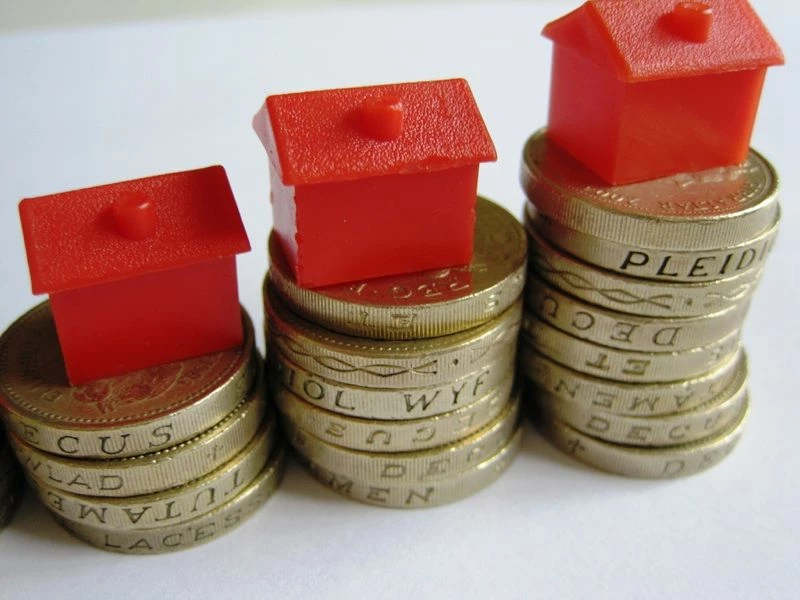
Partner Article
UK businesses owed £70bn in unclaimed tax relief
Mark Tighe, managing director of CA Tax Solutions, explains how countless owners of commercial property are sitting on unclaimed capital allowances.
“Eurogeddon”, “Grexit” — it’s words like these that form the backdrop for the UK economy right now. Given that the Eurozone is our biggest export market, things aren’t looking promising at all.
To top it all off, the final estimate of Q1 GDP confirmed that growth really was as anaemic as we thought in the first quarter. Worse still, growth in the fourth quarter of last year was in fact -0.4%, not -0.3%.
The net effect of this weak economic climate is that UK companies are under the cosh. Credit is hard to come, cash flow is under pressure and money is tight.
But for companies that own commercial property, there is some good news. In the vast majority of cases, they will be owed a cash windfall from the Revenue as a result of unused capital allowances.
According to Big Four accountancy firm, Deloitte, over nine in 10 owners of UK commercial property will be in line for a rebate from HMRC due to unused capital allowances tax relief.
Because this tax relief can be attributed to buildings of any age, we estimate that there is some £65bn–£70bn of net tax rebate lying unclaimed in the UK’s commercial property stock.
To date, thousands of commercial property owners have made successful claims, with the average claim approximately £140,000 and the biggest worth tens of millions. But these thousands own just a tiny percentage of the estimated 1.4m UK commercial properties that are due a rebate — and which could include yours.
And don’t think this wouldn’t apply to you, as you pay accountants to take care of your affairs: experts have identified unused capital allowances for a number of PLCs, too.
What are capital allowances?
If you’re not that familiar with capital allowances, they’re a tax relief available to anyone incurring capital expenditure buying, building or making adjustments to commercial property. They’re a hugely valuable relief but so little is known about them.
Understandably, the Revenue aren’t overly keen to raise awareness of them so that’s one big problem. But the more fundamental problem is that identifying capital allowances within commercial properties can be very difficult — so difficult in fact that even accountants don’t understand how to do it.
Whereas accountants will claim on more obvious items such as shutters and curtains, fire extinguishers and carpets when a client buys a commercial property, generally they will not uncover the items where the far more significant costs to a business lie. These might include air conditioning or heating systems, lighting and security systems, plant and machinery items.
Even if they did uncover the more ‘valuable’ items, the issue for accountants is that they will not have receipts for all the potentially qualifying assets within that property. Therefore they are not in a position to progress it any further.
Specialist capital allowances firms, on the other hand, use thousands of clever matrices to work out the purchase price of such and such an item in a building in a particular area in a particular year. In effect, they carry out a forensic audit of a building and identify items that qualify for capital allowances as laid down in the Capital Allowances Act 2001.
It’s not pretty, but it can be very positive financially for the client in question.
One last thing. It’s worth noting that most capital allowances firms will only charge a fee if the capital allowances identified are substantial — from £25,000, say, to up to £50,000. This means there is no risk and no up-front cost for the commercial property owners that approach them.
This was posted in Bdaily's Members' News section by Mark Tighe .
Enjoy the read? Get Bdaily delivered.
Sign up to receive our popular morning National email for free.








 A year of resilience, growth and collaboration
A year of resilience, growth and collaboration
 Apprenticeships: Lower standards risk safety
Apprenticeships: Lower standards risk safety
 Keeping it reel: Creating video in an authenticity era
Keeping it reel: Creating video in an authenticity era
 Budget: Creating a more vibrant market economy
Budget: Creating a more vibrant market economy
 Celebrating excellence and community support
Celebrating excellence and community support
 The value of nurturing homegrown innovation
The value of nurturing homegrown innovation
 A dynamic, fair and innovative economy
A dynamic, fair and innovative economy
 Navigating the property investment market
Navigating the property investment market
 Have stock markets peaked? Tune out the noise
Have stock markets peaked? Tune out the noise
 Will the Employment Rights Bill cost too much?
Will the Employment Rights Bill cost too much?
 A game-changing move for digital-first innovators
A game-changing move for digital-first innovators
 Confidence the missing ingredient for growth
Confidence the missing ingredient for growth